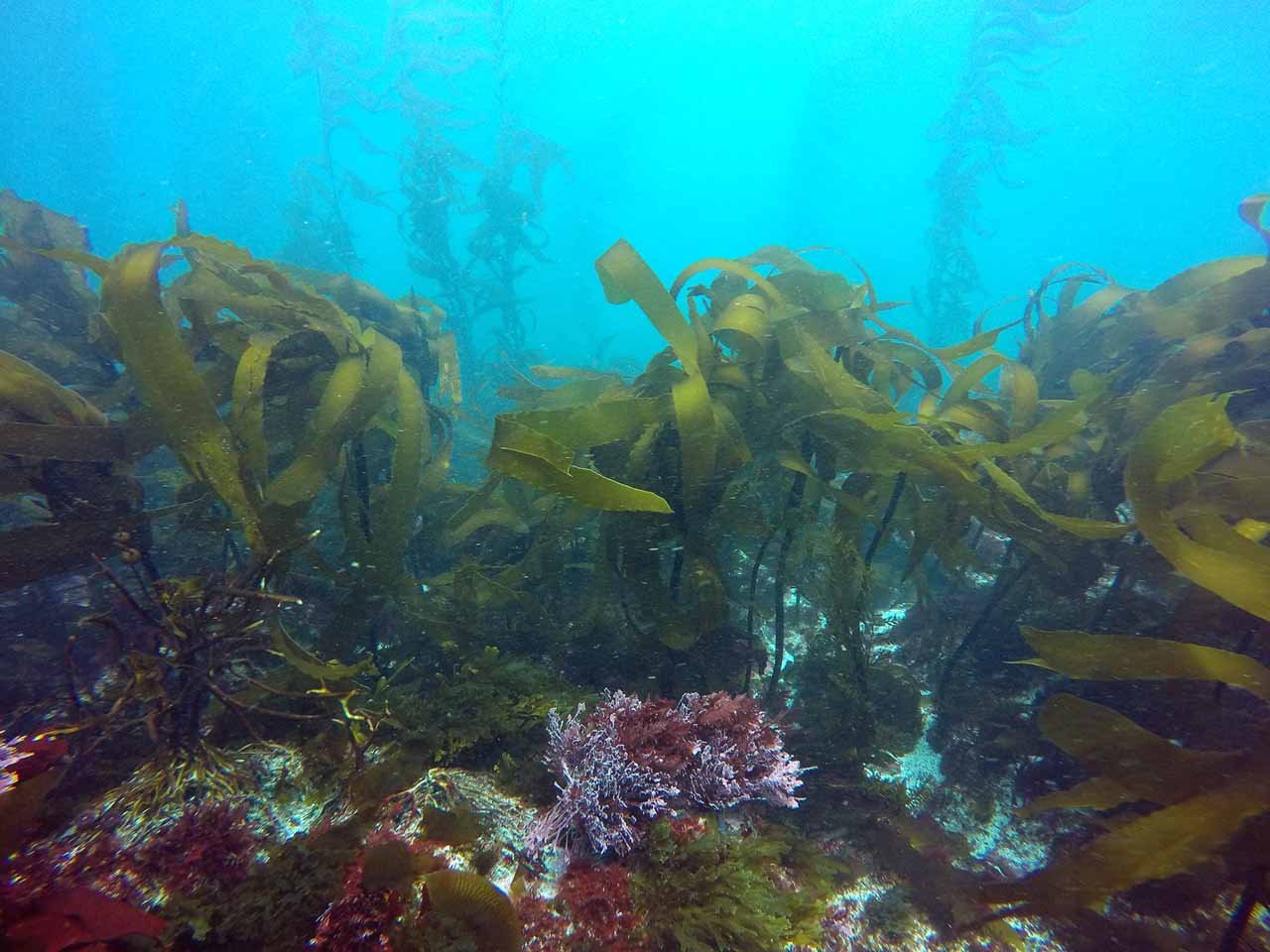Kelp Forests are Fast Disappearing Along the Oregon Coastline

More environmental monitoring is needed to understand the impact of climate change on Oregon’s disappearing kelp forests.
Oregon Has Lost Two-Thirds of its Bull Kelp Forests
Oregon has lost two-thirds of bull kelp forests along its coastline over the last 14 years, according to a report by the Oregon Kelp Alliance.
The organization has spent the last two years developing tools to assist in the recovery of diminishing kelp forest ecosystems, piloting various techniques and approaches, according to its science coordinator, Sara Hamilton.
She said when the organization started collecting statistics and data to determine the extent of the damage, it found that the loss of kelp forests was extensive.
Apart from shortlisting areas under serious threat that need further investigation, additional environmental monitoring also needs to be undertaken to understand forces, like climate change, that are impacting kelp forests.
The object of the exercise is to establish what sites along the Oregon coats are most desirable for protection and restoration.
Data on kelp forests from the 1800s to 1980 are sparse, after which satellite imagery provided more information about the waving fronds on the ocean surface above bull kelp forests that can be seen from space.
During the 1990s, when interest sparked about the value of kelp commercial harvesting, the Oregon Department of Fish and Wildlife (ODFW) undertook several surveys but shelved the idea when various concerns were raised about the shifting kelp forests.
Bull kelp is a listed priority species in Oregon’s Conservation Strategy.
Marine habitat project leader with ODFW, Scott Marion, led recent survey teams and says kelp forests have attracted more attention in recent years and expect further monitoring in the future.
The kelp forests along the Oregon coastline are key marine ecosystems and home and nursery to several fish species important to the state’s recreational and commercial fisheries. It was commercial urchin divers who were among the first to raise the alarm about the dwindling kelp forests.
Purple Sea Urchins have Contributed to the Loss of Kelp
Researchers have established that the increase in purple sea urchin populations has significantly contributed to the loss of kelp forests. Numbers of purple sea urchins rapidly increased at a time when an unknown disease killed off large numbers of sea stars which are urchin predators.
Kelp is seasonal, and purple urchins can enter dormant states for long periods while waiting for the food source to re-emerge.
However, purple sea urchins constitute only one part of the problem, as warmer oceans caused by climate change contribute to dwindling kelp forests.
Two areas off the Oregon coastline present opposing conditions for scientists to investigate. Port Orford’s thriving kelp forests are no longer there, while an area near Cape Foulweather is blooming with life. Its kelp forests are healthier than ever, says Sara Hamilton.
